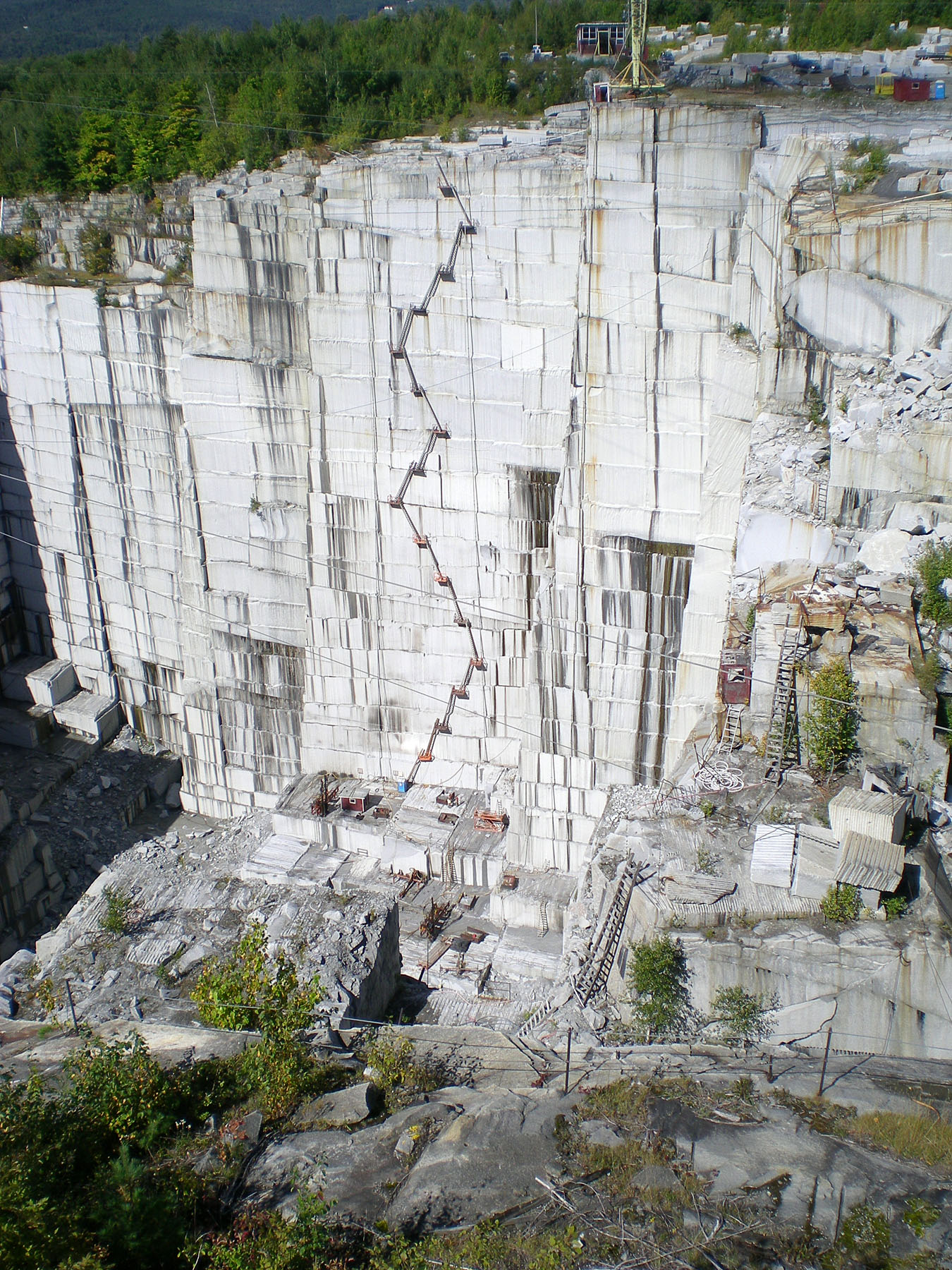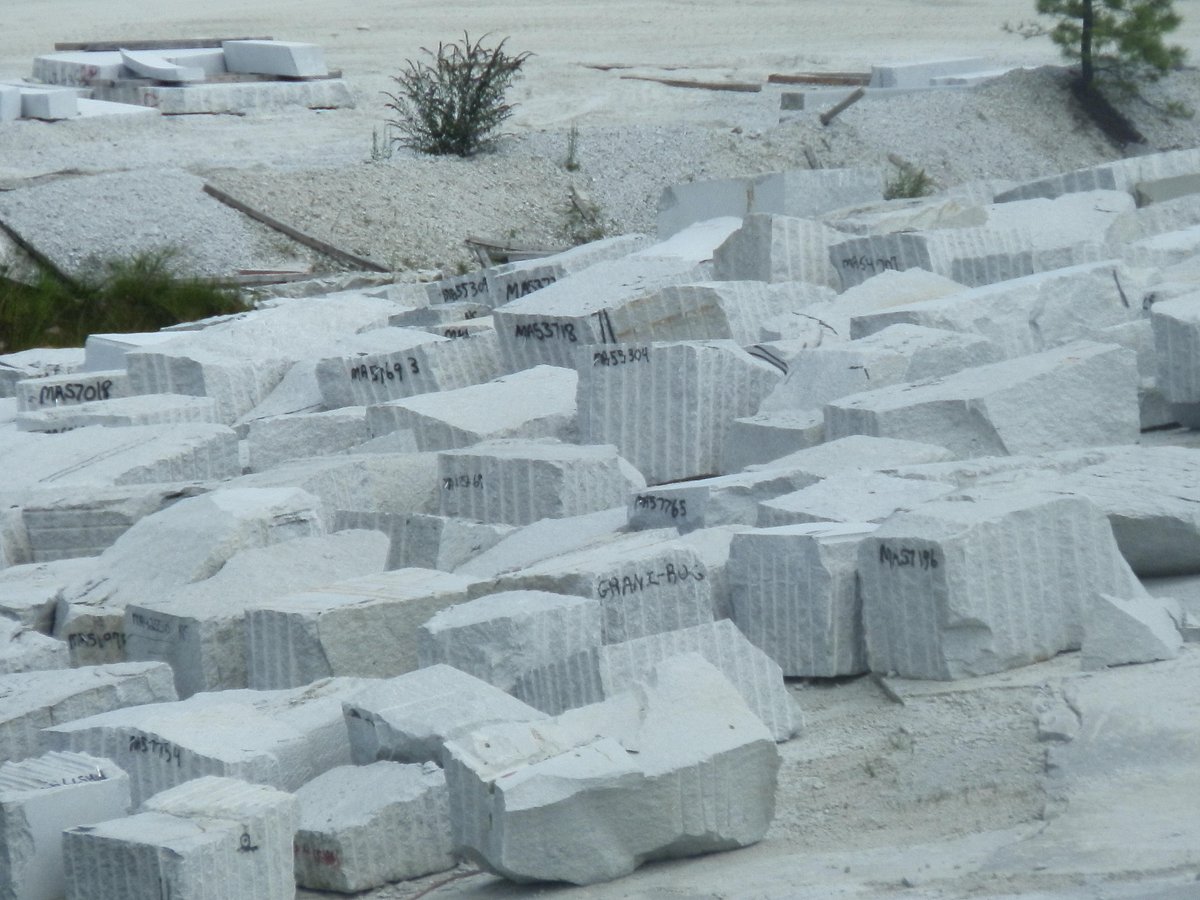Unveiling Granite Quarries in South Africa Legacy: A Journey Through Quarries
Unveiling Granite Quarries in South Africa Legacy: A Journey Through Quarries
Blog Article
Unearthing the Rich Background and Lasting Practices of Granite Quarrying
As we stand on the precipice of uncovering the detailed tapestry of granite quarrying, a trip with time reveals not just the physical act of removing rock but also the social and historical relevance woven into the really material of this technique. From the ancient origins that laid the structure for modern-day quarrying methods to the sustainable practices that are forming the future of this market, each chisel mark on granite surfaces informs a tale waiting to be uncovered (granite quarries in south africa). The tradition of granite quarrying stretches far beyond simple removal; it is a testament to human resourcefulness, durability, and the enduring attraction of this marvelous stone
Old Beginnings of Granite Quarrying
Going back to old civilizations, the technique of quarrying granite has been an essential part of human history and building innovation. The earliest proof of granite quarrying dates back to old Egypt, where substantial pyramids and intricate sculptures were crafted from this resilient stone. The Egyptians made use of primitive tools to extract granite blocks from quarries, showcasing the importance of this product in their significant buildings.
Moving ahead in history, the Greeks also made significant contributions to the quarrying of granite. The Greeks utilized granite in numerous architectural marvels, such as holy places and statuaries, demonstrating their skill in shaping and sculpting this hardy rock. The Romans additionally improved the techniques of quarrying granite, utilizing innovative tools like knives and hammers to essence and form granite for their iconic structures.
Through the centuries, the method of quarrying granite has actually progressed, with modern-day technologies boosting effectiveness while preserving the timeless charm of this all-natural stone - granite quarries in south africa. From ancient people to contemporary builders, the heritage of granite quarrying remains to form our globe
Evolution of Quarrying Strategies
The advancement of quarrying techniques has actually been noted by a continual development in the direction of greater performance and precision in extracting granite. From the simple approaches utilized by our ancestors to the innovative technologies made use of in modern quarrying operations, the sector has actually gone through considerable improvements. Early quarrying techniques entailed manual work with basic devices such as blades, hammers, and wedges to extract granite blocks from the planet. As worlds proceeded, methods like fire-setting and primitive nitroglycerins were presented to promote the removal procedure.
In more recent times, the development of machinery revolutionized the quarrying market, allowing much faster removal prices and raised performance. Technologies such as ruby cord saws, high-pressure water jets, and pneumatically-driven drills have become standard in modern quarries, permitting accurate cutting and reduced waste. Improvements in computer-controlled devices and 3D modeling have actually enhanced quarrying operations, leading to very little environmental influence and improved sustainability techniques. As the demand for granite remains to climb, the development of quarrying methods remains indispensable to meeting market requires effectively and sustainably.
Cultural Value of Granite
Granite holds a profound cultural significance across various human beings due to its long-lasting existence in architectural work of arts and prized monoliths. The cultural relevance of granite extends past its physical characteristics; it embodies durability, stability, and timelessness, making it an icon of withstanding heritages and customs.

Sustainable Practices in Quarrying
Amidst the abundant history of granite quarrying and its cultural value lies a growing focus on sustainable practices within the market. As environmental recognition and worries about source exhaustion have enhanced worldwide, the quarrying sector has actually progressively welcomed sustainable methods to lessen its impact on the setting and surrounding areas.

In addition, recovery and recovery of quarry websites post-extraction are indispensable to lasting methods. By bring back quarried areas to a natural or advantageous state, such as producing wildlife habitats or entertainment rooms, quarriers can balance out the environmental footprint of their operations and add favorably to the regional community.
Legacy of Granite Quarrying
With a historical background soaked in craftsmanship and industrial progression, what sustaining effect has granite quarrying left on a fantastic read the landscape of modern society? The tradition of granite quarrying goes beyond simple extraction techniques; it has actually shaped architectural marvels, city landscapes, and cultural heritage worldwide. The durable nature of granite has actually made it a favored choice for monoliths, structures, and infrastructure, standing as a testimony to the skill and artistry of quarry employees across generations.
Moreover, the financial footprint of granite quarrying can not be forgotten. The market remains to supply helpful site employment possibilities and drive regional economies in areas where granite extraction is common. It has actually also stimulated technological innovations in quarrying methods and equipment, bring about more effective and sustainable methods.
In terms of sustainability, the heritage of granite quarrying consists of efforts to alleviate ecological impacts with recovery tasks and responsible resource administration. By stabilizing economic interests with environmental stewardship, the sector makes every effort to ensure that future generations can continue to take advantage of this long-lasting natural deposit.
Verdict

Report this page